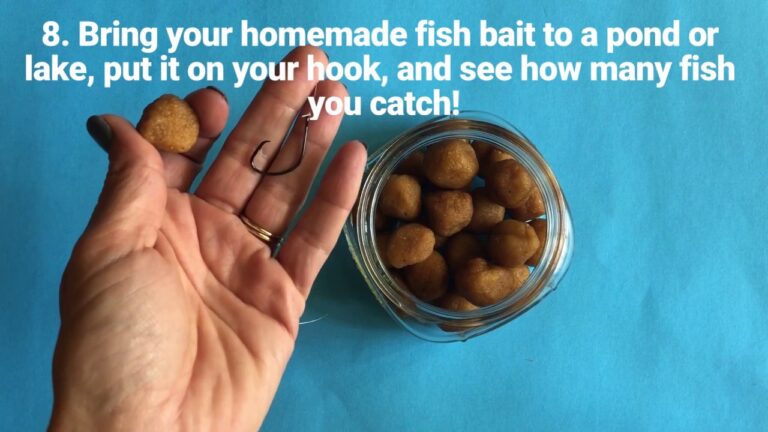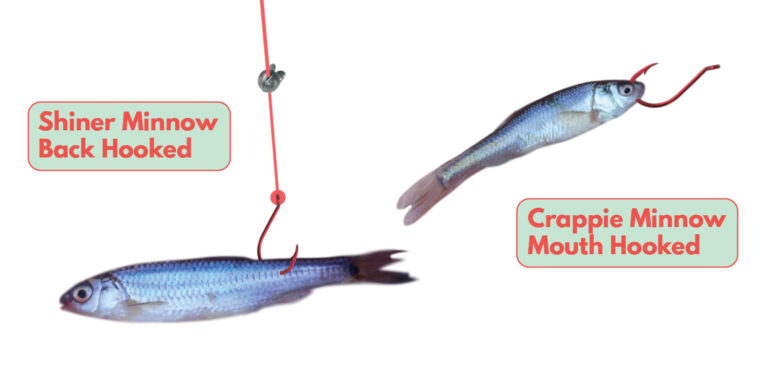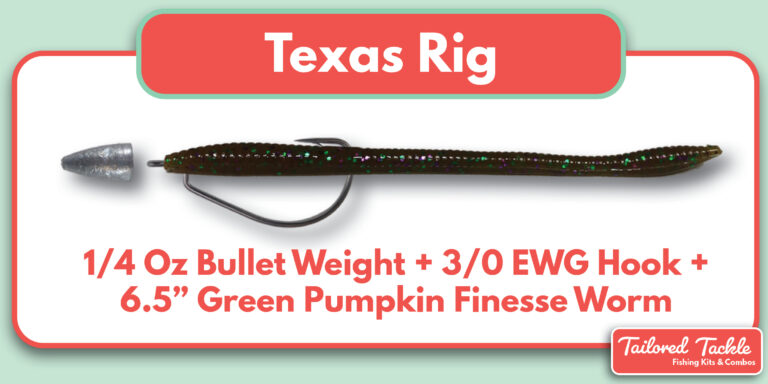How to Use a Spinnerbait
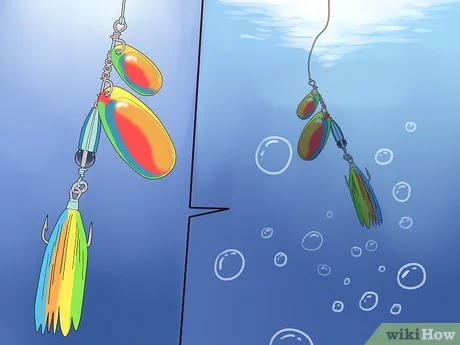
To use a spinnerbait, cast it close to cover or structure and allow it to sink. Start reeling in slowly, making sure the blades are spinning and fluttering naturally.
When you feel a bite, set the hook firmly and reel in your catch. This is a simple and effective technique for both beginners and advanced anglers alike. Spinnerbaits are versatile and effective lures that can be used to catch a variety of freshwater fish, including bass, trout, and pike.
They consist of a metal wire frame with one or more spinning blades and a skirted hook. The blades create flash and vibration in the water, mimicking the movement of injured prey and attracting fish. Knowing how to use a spinnerbait correctly can greatly increase your chances of success on the water. We will provide you with a step-by-step guide on how to effectively use a spinnerbait to catch more fish. Whether you are a beginner or an experienced angler, these tips will help you maximize your fishing results. Let’s dive in and learn how to use a spinnerbait the right way.
Introduction To Spinnerbaits
What is a Spinnerbait? A spinnerbait is a type of fishing lure that consists of a metal wire bent at the ends to form a cone-shaped head, with a skirt made of rubber or silicone strands and one or more spinning blades. It is designed to imitate the movement of small fish and attract predatory fish species such as bass, pike, and trout.
Benefits of Using Spinnerbaits Spinnerbaits are versatile lures that can be used in various water conditions and are effective for targeting predatory fish in shallow or deep waters. They are known for their ability to cover a large area quickly and can be retrieved at various speeds to mimic injured baitfish, making them a go-to lure for many anglers.
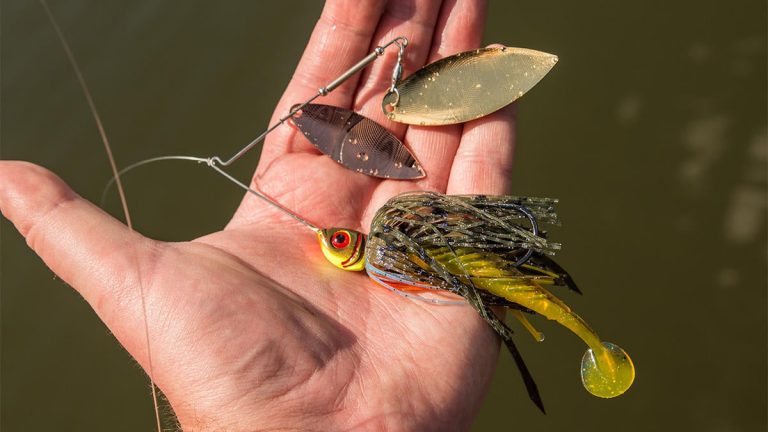
Credit: www.wired2fish.com
Choosing The Right Spinnerbait
When it comes to choosing the right spinnerbait, understanding the different blade types is crucial. There are several blade options available, including Colorado, Willow, and Indiana blades. Each blade type has its own unique characteristics, such as water displacement and vibration. Consider the fishing conditions and the fish species you are targeting to determine the most effective blade type for your spinnerbait.
Weight and size are also important considerations when selecting a spinnerbait. The weight of the lure will affect the depth at which it will run, while the size of the bait will impact the type and size of fish you can attract. It’s essential to match the weight and size of your spinnerbait to the fishing situation to maximize your chances of success.
In conclusion, understanding blade types and considering weight and size are key factors in choosing the right spinnerbait for your fishing needs. By selecting the appropriate blade type and matching the weight and size of your lure to the fishing conditions, you can increase your chances of landing that trophy fish.
Setting Up A Spinnerbait
To set up a spinnerbait, start by selecting the proper fishing line. Use a high-quality monofilament or fluorocarbon line with a pound test suitable for the size of fish you’re targeting. For larger fish, you may need a heavier line with a higher pound test. Next, attach a trailer hook to the spinnerbait. This helps increase your hook-up ratio as it provides an extra hook for the fish to grab onto. Make sure the trailer hook is securely attached to avoid losing fish. When setting up the spinnerbait, cast it close to cover or structure and allow it to sink before starting your retrieve. Begin reeling in slowly, ensuring the spinnerbait blades are spinning and fluttering naturally in the water. If you feel a tug on your line, set the hook firmly and begin reeling in your catch.
Techniques For Using A Spinnerbait
When using a spinnerbait, adjust the speed of retrieval and reeling based on the conditions. Utilize a swift retrieve to keep the bait near the water’s surface, encouraging predatory strikes. Conversely, a slower pace gives an opportunity for deep presentation, perfect for working spinnerbaits near cover. Vary the retrieval speeds to mimic natural movements, triggering aggressive strikes. Experiment with different approaches to find the right technique for each situation.
Tips And Tricks For Successful Spinnerbait Fishing
|
When it comes to using a spinnerbait, there are a few tips and tricks that can help increase your chances of success. One of the most important things to consider is modifying your spinnerbait for different fishing situations. Different fish species may require different spinnerbait modifications. For bass fishing, you may want to try adding a trailer to your spinnerbait. This can add extra movement and make your bait more enticing to bass. Additionally, adjusting the speed of your retrieve can also be effective when targeting bass. If you’re fishing for trout, you may want to try using a smaller spinnerbait with a slower retrieve. Trout are often more wary and may be scared off by larger, faster-moving baits. Adding a trailer can also help attract trout. When targeting specific fish species, it’s important to do your research and understand the specific habits and preferences of the fish you’re after. This will help you select the right spinnerbait modifications and techniques to use. |

Credit: www.wikihow.com

Credit: www.reelcoquinafishing.com
Frequently Asked Questions Of How To Use A Spinnerbait
What’s The Best Way To Use A Spinnerbait?
To use a spinnerbait effectively, cast it close to cover or structure and let it sink. Begin retrieving slowly, ensuring the blades spin and flutter naturally. When you feel a tug, set the hook firmly and reel in your catch.
Spinnerbaits are great for beginners and advanced anglers alike.
When Should You Throw A Spinnerbait?
You should throw a spinnerbait when fishing in murky waters near cover or structure. Retrieve it slowly, letting the blades spin and flutter naturally. Once you feel a tug, set the hook firmly and reel in your catch. It’s effective for bass and easy for all anglers.
How Fast Do You Reel A Spinnerbait?
Reel a spinnerbait at a slow speed, ensuring the blades spin and flutter naturally in the water. When you feel a tug, set the hook firmly and reel in your catch.
Are Spinnerbaits Good For Beginners?
Spinnerbaits are great for beginners because they are easy to use for all anglers. Just cast it close to cover or structure, reel it in slowly with the blades spinning, and set the hook when you feel a tug. It’s that simple!
Conclusion
Mastering the use of a spinnerbait can significantly enhance your fishing skills. By understanding the proper techniques, such as casting close to cover and retrieving at the right speed, you can attract more fish. With practice and patience, spinnerbait fishing can become a rewarding and enjoyable experience for anglers of all levels.
